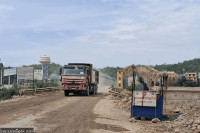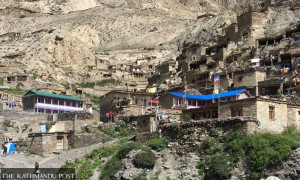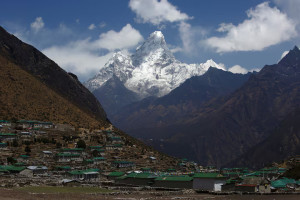National
More air quality checking stations coming up
Amid concerns of air quality getting worse in the country, the government is gearing up to install more monitoring stations in at least four new locations across the country.
Amid concerns of air quality getting worse in the country, the government is gearing up to install more monitoring stations in at least four new locations across the country.
In the year starting mid-July, the government’s Environment Department plans to set up stations at four locations—two each in the eastern and western regions.
“We are thinking of going west of Lumbini and also in the eastern Nepal. We have identified Itahari as one location in the East,” said Shankar Prasad Paudel, chief of the environmental pollution control and monitoring section under the department.
A team of experts will search for suitable locations for installing the equipment. One location can have multiple stations, according to Paudel.
Installation of seven such stations in different parts of the country has been over recently. These new air quality measuring stations—three in Pokhara and four in Kathmandu Valley—have come into operation.
The new stations have been set up on the premises of the Department of Hydrology and Meteorology in Pokhara, Pokhara University, and Gandaki Boarding School in Kaski; and Shankha Park, Tribhuvan University, Birendra School and Bhainsepati in Kathmandu Valley, respectively.
Previous analysis of data from the stations had shown that air quality in winter gets worse outside Kathmandu. The new stations in Pokhara have shown air quality in the city better than in the Kathmandu valley. However, the Environment Department has said it will take at least one year to come up with some strong evidence. The country currently has 12 air quality monitoring stations in total.
Monitoring stations in Sauraha, Chitwan and Lumbini have been established with support from the International Centre for Integrated Mountain Development, whereas the previous three stations in Dhulikhel, Ratna Park and Pulchowk were partially supported by Icimod.
One such station costs between 15 million and 100 million rupees depending on the location. The government has a plan of installing 56 air quality measuring stations across the country.
The stations measure PM 1, PM 2.5 and PM 10. Particulate matter is the amount of airborne solid particles, liquid droplets and other air pollutants in the form of ozone, nitrogen oxides, sulphur dioxide and carbon monoxide.




 14.12°C Kathmandu
14.12°C Kathmandu














